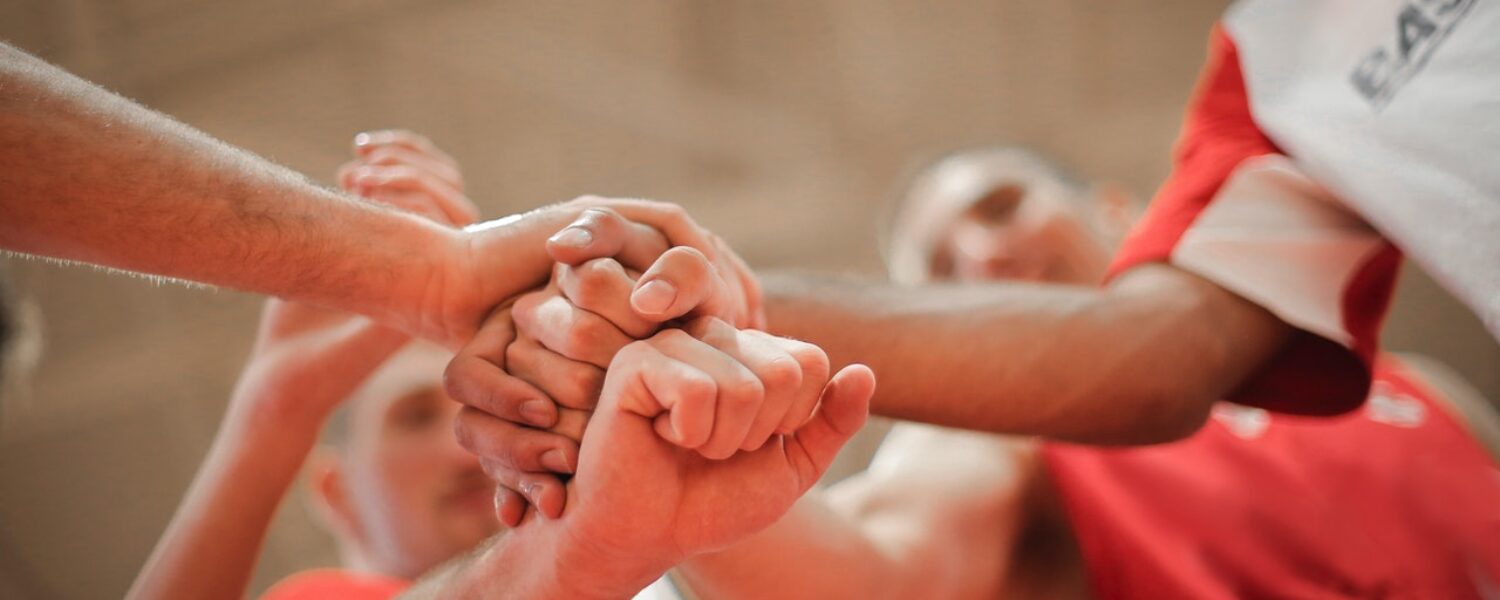At this point in summer, many of us are starting to move out of a day-to- day survival mode which has characterised much of the past 18 months. So far, so good. The survival state we have existed in has been powered by adrenaline, driven by immediate needs and last-minute changes. Whilst many of us have adapted, we know it’s not sustainable. Our bodies tell us so, and many are encountering more acute experiences of exhaustion. With our nervous systems catching up with us, we need to rest and take stock.
One of the ongoing challenges in avoiding burnout is awareness of our specific warning signs and the action needed in response. When delivering training on burn-out prevention, I have been deeply encouraged by leaders who have said ‘my own self care needs to change for this season’. At this point, our greatest concern is for those who have not yet been able to take a decent extended break. Whilst our resilience will vary, this attunement to our own needs must continue in this period of transition.
This is easy to name and hard to implement. Yet one positive of this time is the prevalence of good material on the topic of burn-out prevention which is worth examining. Harvard Business Review offered some key insights.[1]. For us to live and work sustainably, one study points out these factors as fundamental:
- A sustainable workload
- A feeling of some level of control of your life and work
- A supportive community
Watchword
Yet as the Covenant for Clergy Care and Wellbeing identifies, the role of our community is vital in maintaining and building wellbeing. If anything, we need to approach the transition period into autumn and winter as one of collective recovery. Mutuality would seem to be the watchword. However, whilst those in ministry are at the sharp end, many in our congregations are facing the same challenges we are. The capacity of members of the community to be empathetic to our different needs may be key, yet how to nurture this? Sanctuary seeks to address one aspect of this by producing resources for the whole congregation. In the pandemic, discovering the gifts of our faith has involved naming our experience and sharing through our four-session Faith, Grief & Covid course. Regardless of your approach, and what you use, it’s worth taking the time to pause, which may seem costly even now.
So, for the congregation that is exhausted and is taking this collective pause, what needs to be priority? I’ve often found identifying the right question can unlock the right action, as we reflect prayerfully on what is most needed. I hope you can enter into that process and may it be fruitful for you. Here’s my suggestion to explore together: ‘What might help us heal, and what might offer us the most life in our shared activity during this season?’
- Find Sanctuary resources at https://www.sanctuarymentalhealth.org/uk/ including a guide for church leaders to identify the signs of burnout, and the Sanctuary app, featuring a light-touch way to spark a conversation on the challenges of the year.
- Revisit our Virtual Wellbeing series for more on wellbeing in a time of Covid https://www.stlukesforclergy.org.uk/st-lukes-virtual-wellbeing-programme/
[1] https://hbr.org/2021/02/what-covid-19-has-done-to-our-well-being-in-12-charts?fbclid=IwAR1SfkxLMABuiFgDP5osrQ2Dks33iEsR90LFU5N6yJHjfT5jklS-thBCbnM


